The Siri Remote first launched in 2015 with a controversial design that led to years of complaints from users. Though, Apple did little to address complaints about the awkward remote over time, only adding a small white ring around the menu button in a re-release along with the 2017 Apple TV 4K.
When Apple released the updated Apple TV 4K in 2021, the company finally changed the design to address customers' issues. The 2021 remote is thicker, longer, and has more buttons with a silver-aluminum finish.
A minor update in 2022 changed the remote's charging port from Lightning to USB-C. It is otherwise identical to the 2021 model.
Apple didn't include Find My in the latest Siri Remote model, but a Find Remote feature is available in the iPhone Remote app. It isn't as precise as Ultra Wideband, but it gets you close enough to get an idea of where to look.
Design and features
The Apple TV Remote has gone through a few design changes over the years. Apple tried to give the remote a minimal design when the fourth-generation Apple TV launched, but the lack of buttons and clumsy dive-board touchpad led to many complaints. Ultimately, Apple landed on a design that looked more like the older remote with modern touches.
In tvOS 18, set to release in fall of 2024, instead of relying on servers to process queries, Apple will bring more Siri processing to the Apple TV.
For users, this could result in quicker responses for basic queries. It also helps improve privacy and security, simply by keeping some queries locally processed instead of traversing the Internet to a server and back.
Siri Remote (2021)
The new design mirrors the third-generation Apple TV Remote's aluminum silver casing. However, this remote is much thicker and curved only on the bottom. There are more buttons than have ever been included in an Apple remote, and with good reason.
Buttons on the updated remote:
- Power button
- Four directional buttons
- Center selection button
- Back button
- Play/pause button
- Mute button
- TV button
- Volume rocker
- Siri button
The touch-enabled clickpad feels like five separate buttons and works seamlessly with touch gestures. Users can tap the buttons to move around or swipe their thumb across the entire surface as if it were a trackpad.
The jog-wheel effect from the iPod has returned as a way to scrub through video when enabled. In apps that use Apple's video player, pause the video, rest your thumb on the outer ring of the touchpad, and you'll see a round icon appear on the screen. You can rotate clockwise or counterclockwise to scrub through the video.
Apple added a power button to the remote to control your connected TV when HDMI CEC isn't an option. The power button must be programmed from the settings menu.
The Siri button has moved to the side of the remote thanks to the thicker design. Siri still works the same way with this remote as the previous generation.
The remote charges via a Lightning cable in the 2021 model, USB-C in the 2022 model. Once the battery has been depleted, a warning will appear on the Apple TV screen, though the remote will still last some time before dying completely.
The Siri Remote is 5.4 inches long, 1.4 inches wide, 0.36 inches deep, and weighs 2.2 ounces.
First-generation
The first-generation remote has a glass and aluminum design. It has a dive-board touch surface and only five buttons on the front.
The entire top of the remote is a glass touch-enabled surface that can be clicked. Users would often confuse the top and bottom of the remote due to the symmetrical design.
There are some evangelists of the first-generation Siri Remote. Some preferred the minimal design, but most could admit the slippery surface and thin chassis made it easy to lose between couch cushions.
The first-generation remote is 4.88 inches long, 1.5 inches wide, 0.25 inches deep, and weighs 1.66 ounces.
Siri Remote (2021) Review
Rating: 4.5
We believe that the updated Siri Remote is the only thing that matters about the 2021 Apple TV 4K. Users who own the previous generations of Apple TV can purchase the redesigned remote separately for $59 and avoid the upgraded set-top-box altogether.
The first-generation Siri Remote had its faults, including a penchant for slipping into our couch cushions with its svelte design or for being picked up upside down in the dark. We enjoyed the swipe controls and simple button layout for the first-generation remote despite these flaws.
Touching, clicking, and scrolling
The touchpad on the new Siri Remote looks similar to the third-generation Apple TV remote and functions like the jog wheel found on old iPods. The directional buttons can all be clicked, and the center button, but the entire ring is touch-enabled for swipe gestures.
The combination of clickable buttons and swipe gestures is an excellent evolution of Apple's remote design. We believe it will assuage both fans and haters of the first-generation remote.
Using the outer touch wheel as a jog wheel has a bit of a learning curve. Only apps that support Apple's tvOS video player will support the gesture, making it difficult to discover and burden the user to know where it is available.
Average users may never discover the jog function thanks to its difficult-to-discover nature, but it is a welcome feature nevertheless once you've learned the trick.
Even though the space for the touchpad is smaller, it still supports multi-touch. Multi-touch allows for two-figure scrolling if a user wants to use a remote as a trackpad for a Remote Desktop client, like Moonlight.
An all-new design
We like the new design with sharp edges and a rounded backplate. It feels good in the hand and makes the entire remote feel more grippy. The addition of a power button and mute button brings attention to the fact that these buttons didn't exist before, and that concept is baffling.
The play/pause button isn't in the bottom left corner of the remote, so users of the old remote will frequently mute the tv when reaching for the pause button. This behavior is easy enough to unlearn but potentially annoying for first-time users.
Despite the larger size, Apple did remove some functionality in the updated Siri Remote. It lacks the gyro controls that Apple included with the first-generation remote, so some games that rely on the function won't work with the new remote.
The gyroscope feature wasn't used in many apps, so it is unlikely that many users will even notice the missing function.
We were surprised that the updated remote did not include Find My functionality of any kind. No U1 chip or even Bluetooth location mode was included despite the AirTag being announced at the same event.
A separate purchase
The new Siri Remote is an appealing upgrade from the much-maligned first-generation remote. Moreover, it serves as a significant upgrade that makes sense for those who disliked the previous model.
The main grievance is the price — at $59, it is not cheap. There are better alternative remotes for similar prices, if not more affordable if basic functionality is all the user desires.
For those who primarily use the Apple TV, the new Siri Remote is an improvement. The remote addresses most complaints about the previous Siri Remote without sacrificing most features.
Price guide
Apple sells the Siri Remote for $59 on its website. Customers buying an Apple TV will get the new remote regardless of their purchase model. The Apple TV 4K costs $179, and the Apple TV HD sells for $149.
Apple TV 4K Prices
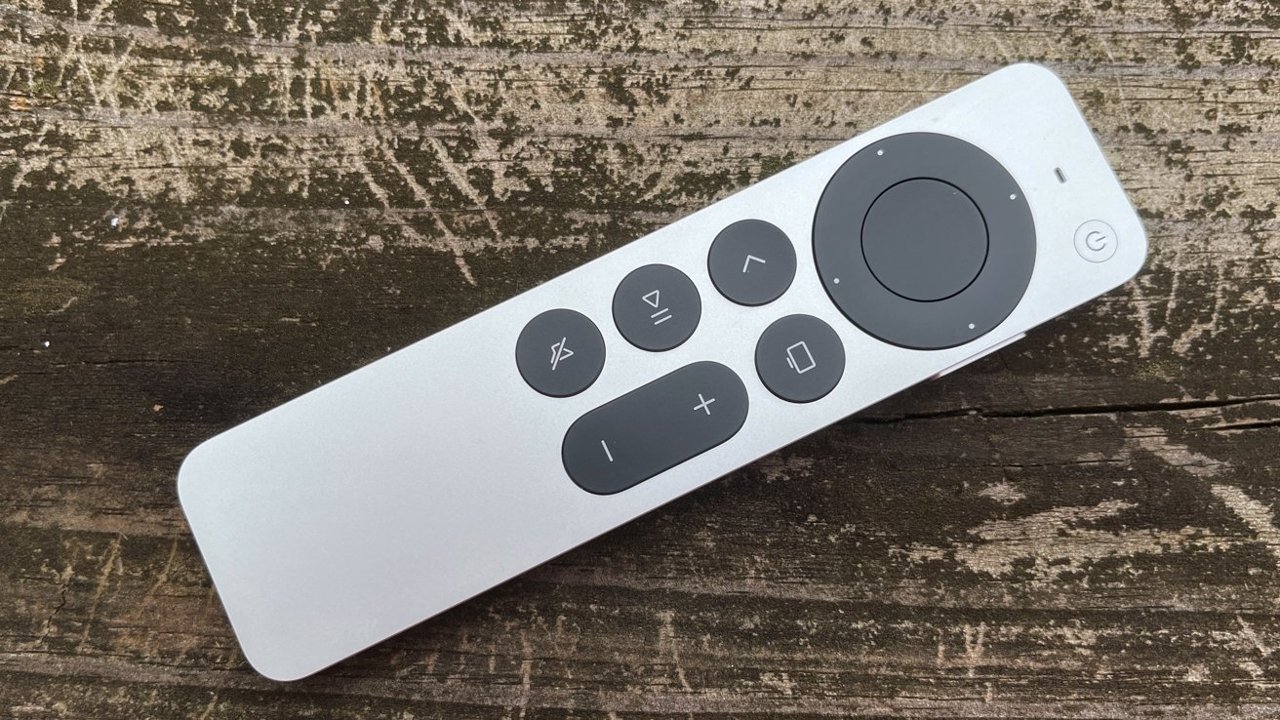
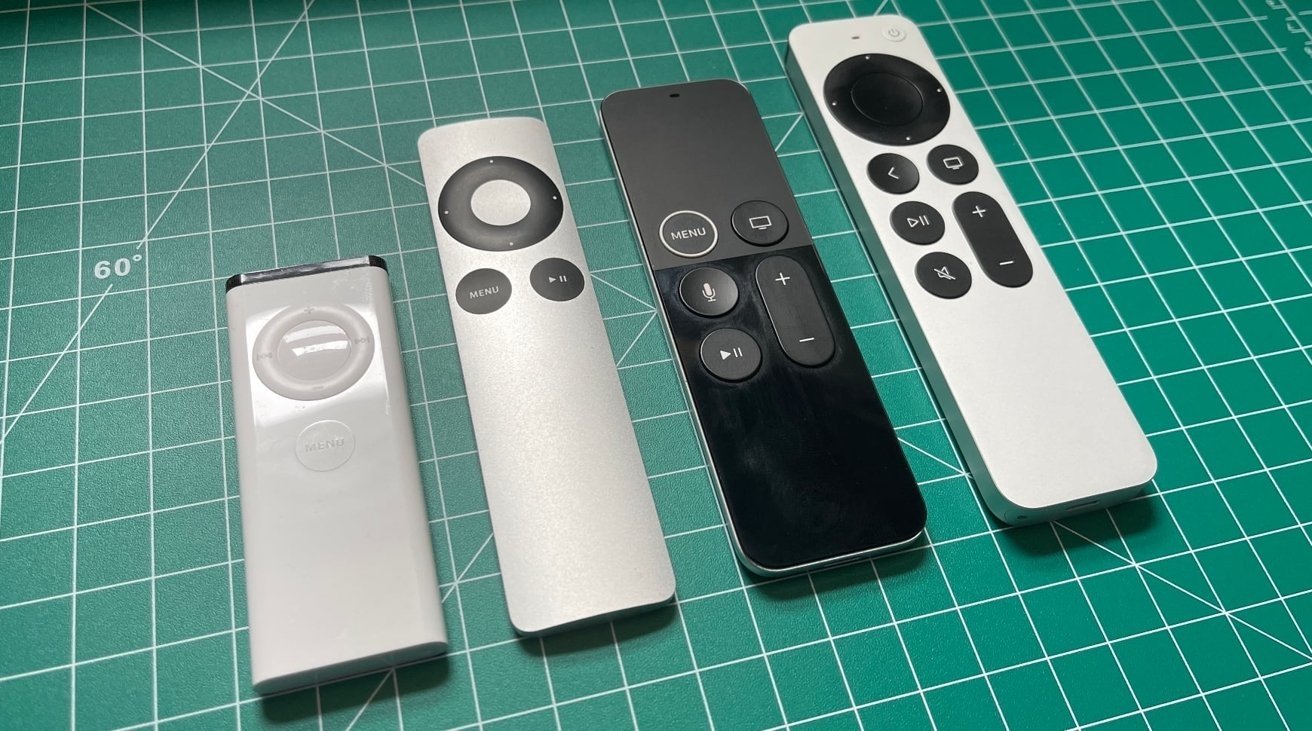
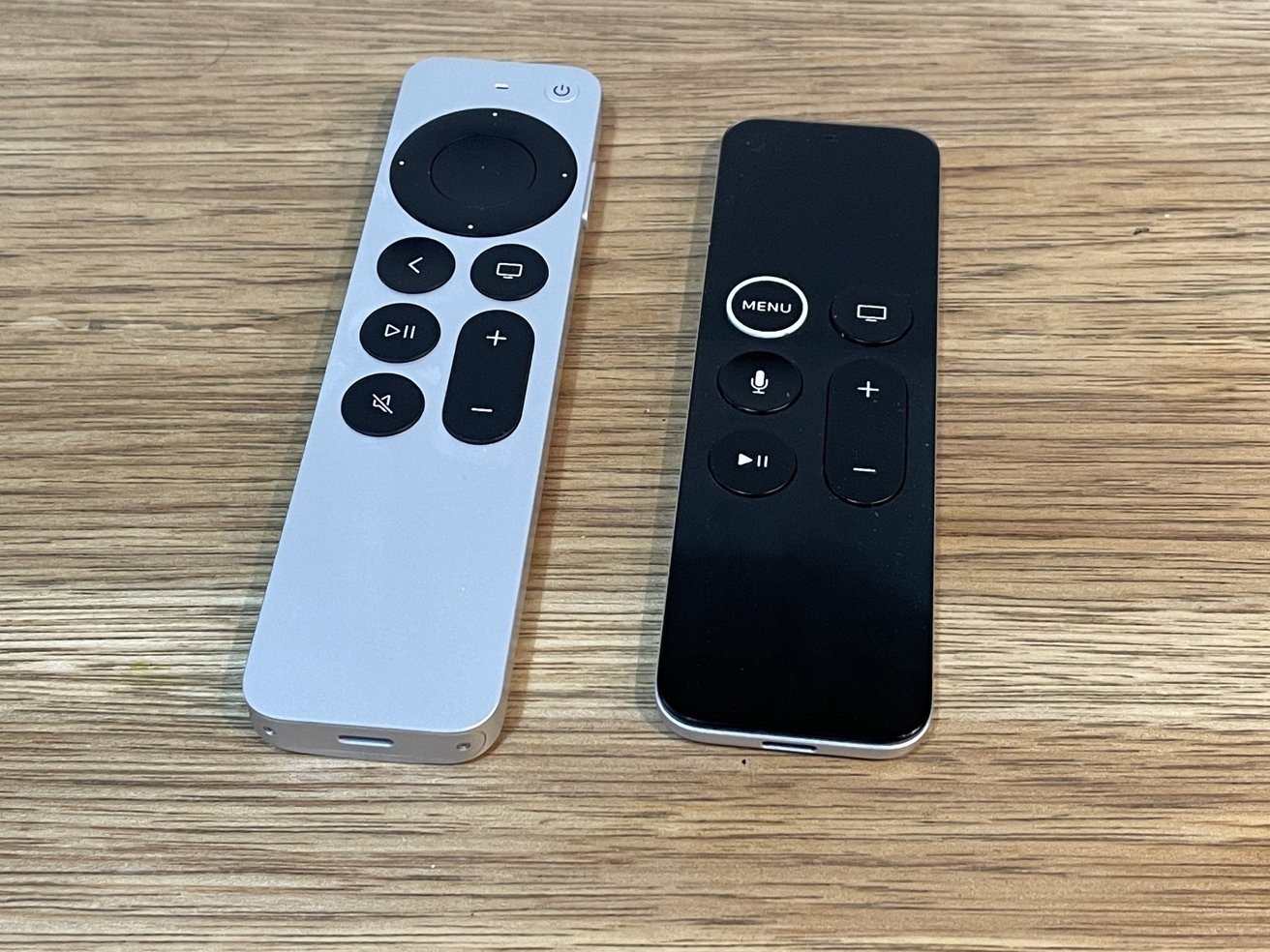
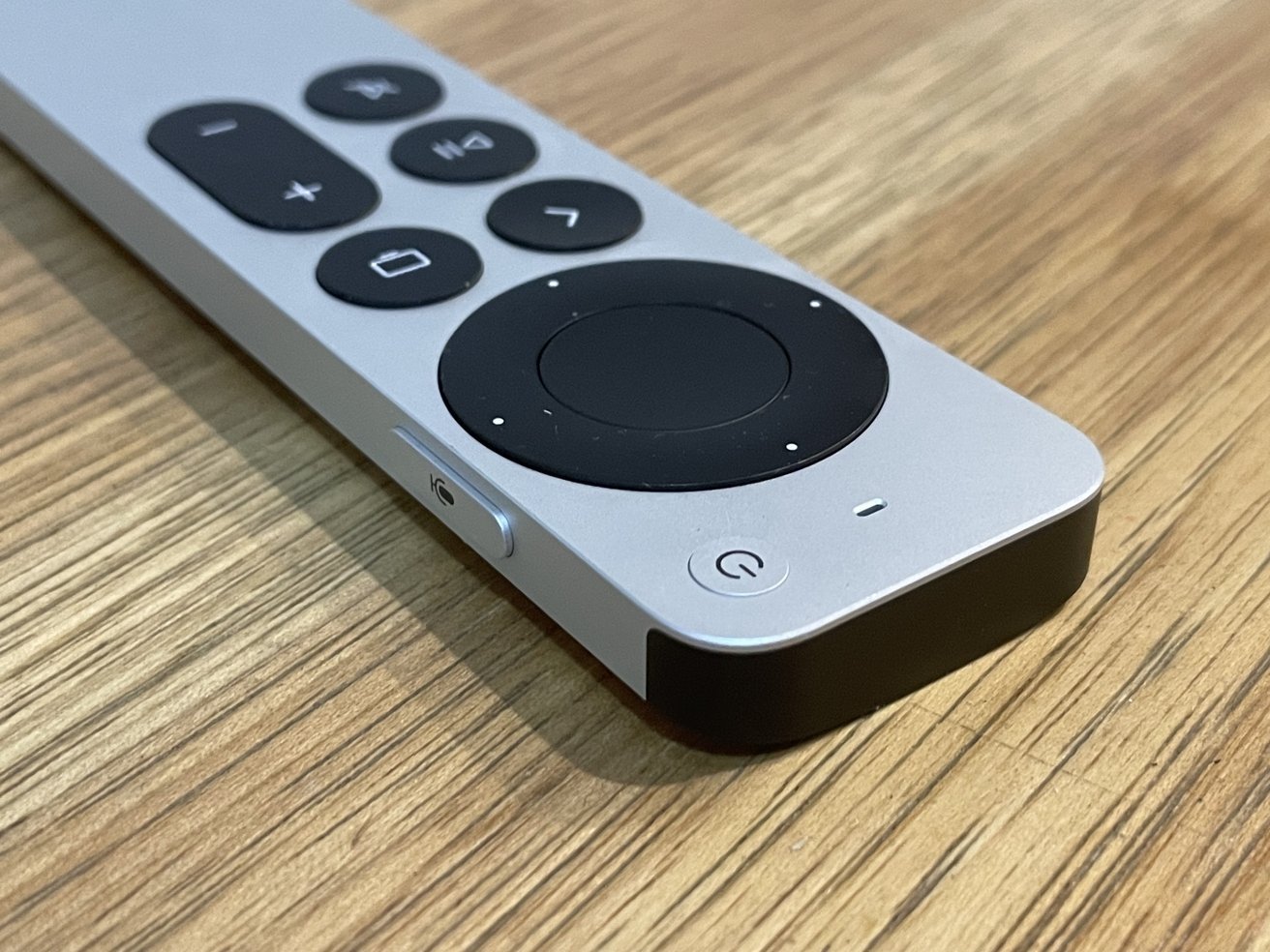
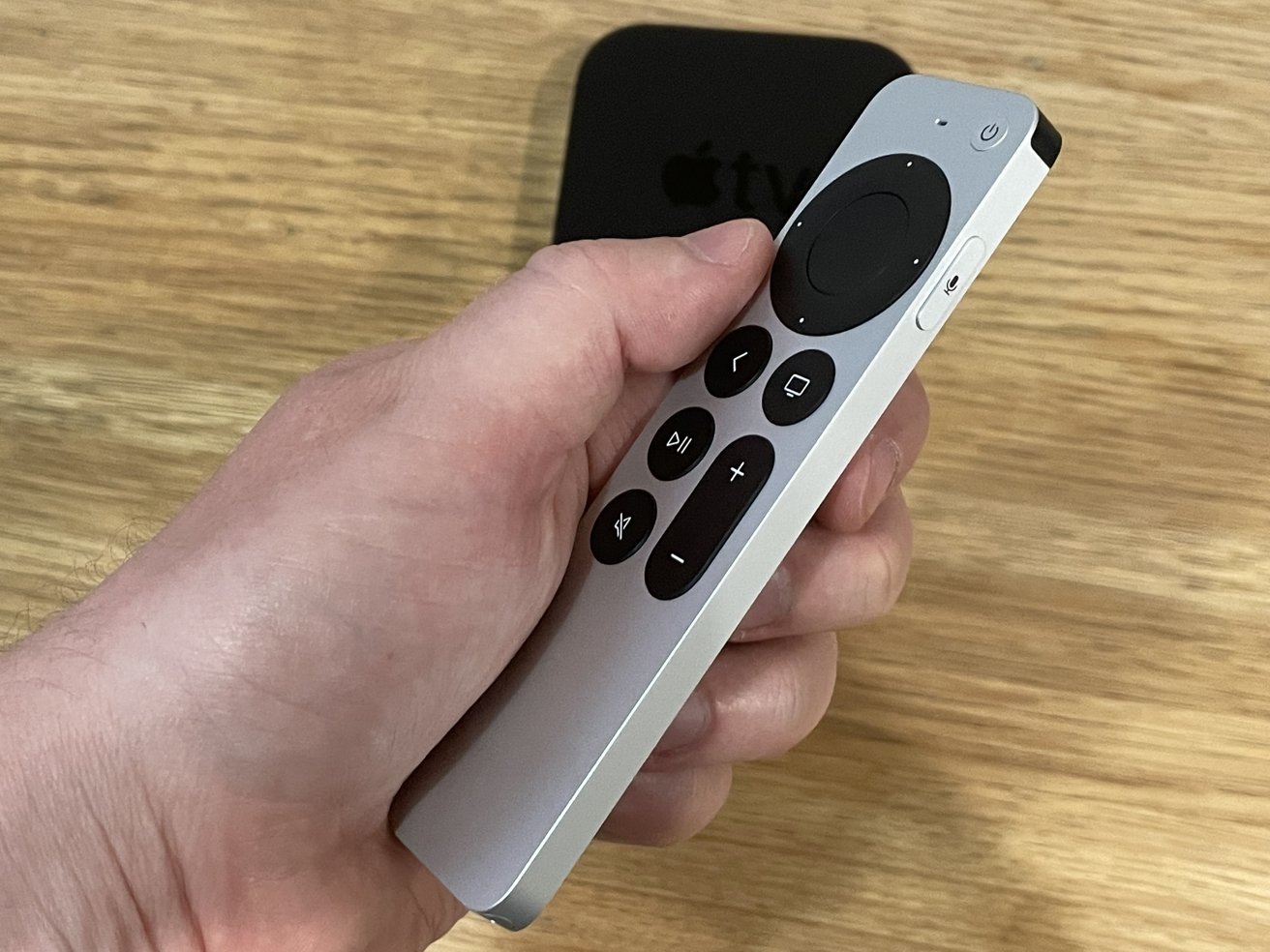
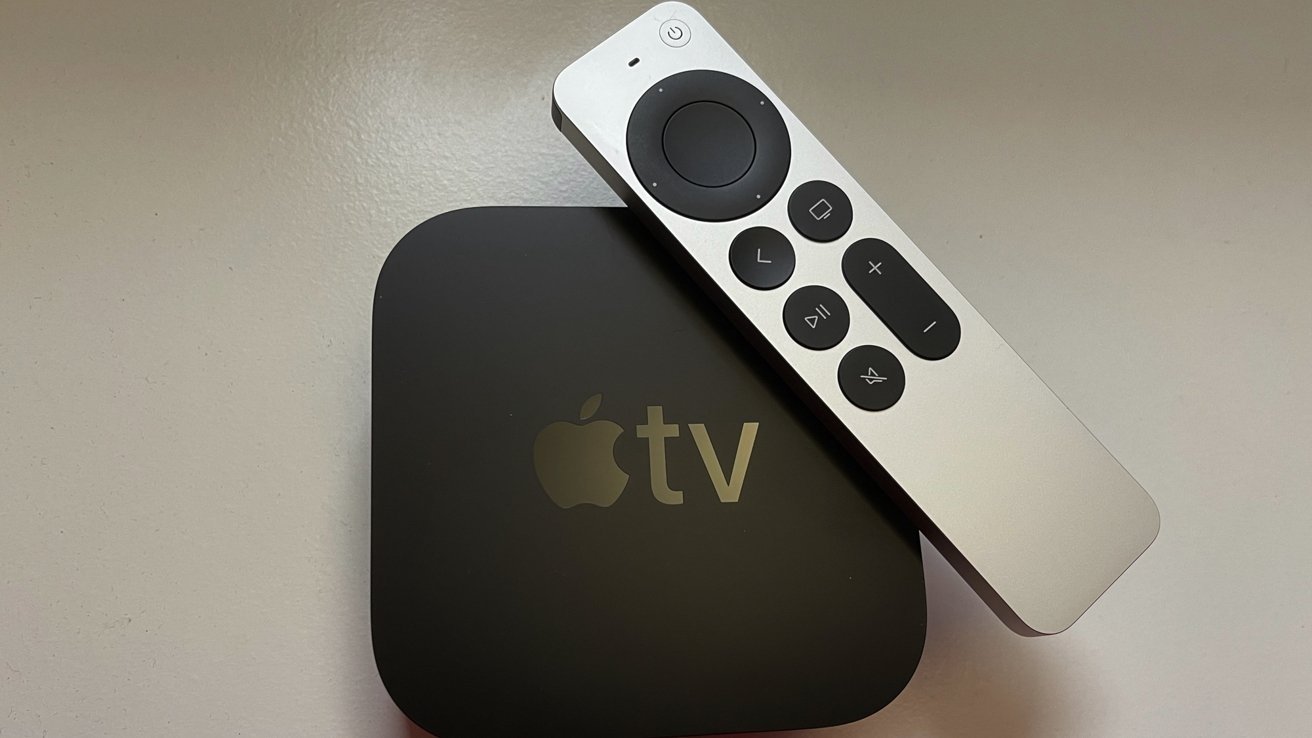







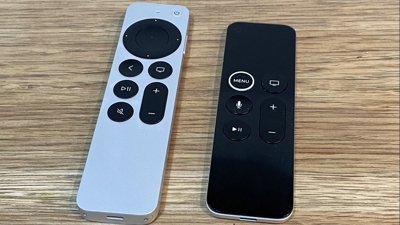
 Charles Martin
Charles Martin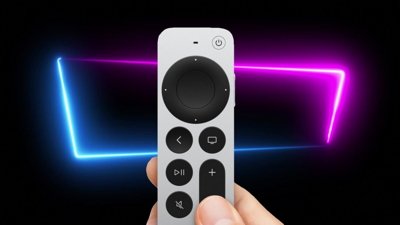
 Andrew Orr
Andrew Orr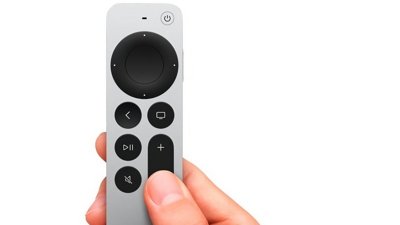
 William Gallagher
William Gallagher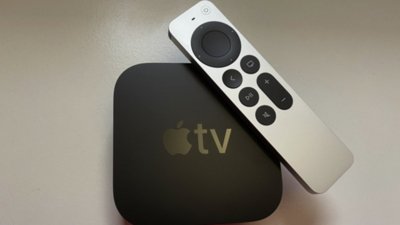
 Malcolm Owen
Malcolm Owen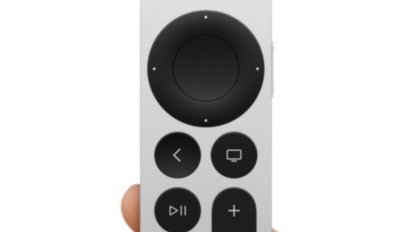
 Wesley Hilliard
Wesley Hilliard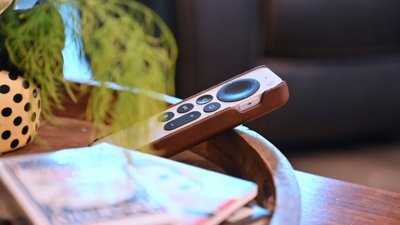
 Andrew O'Hara
Andrew O'Hara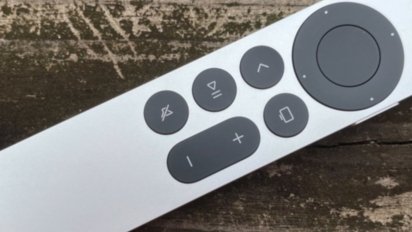
 Mike Peterson
Mike Peterson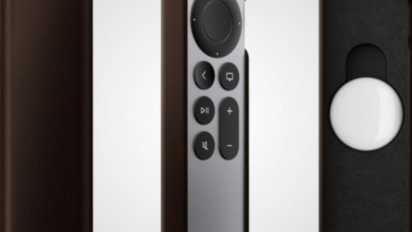
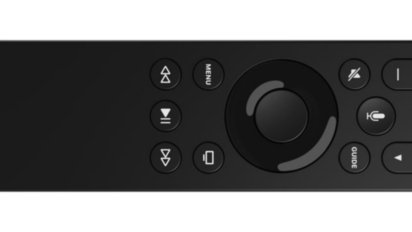
 AppleInsider Staff
AppleInsider Staff
